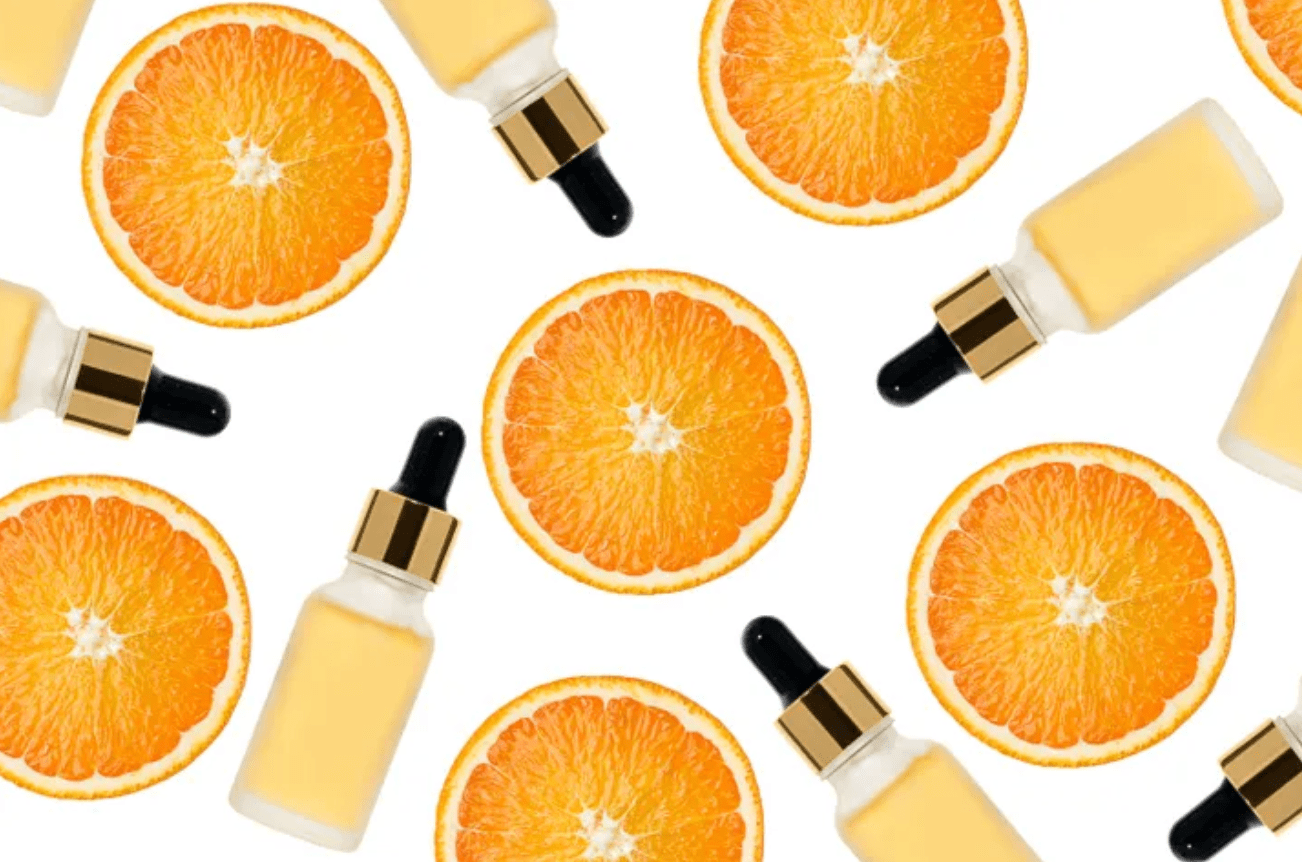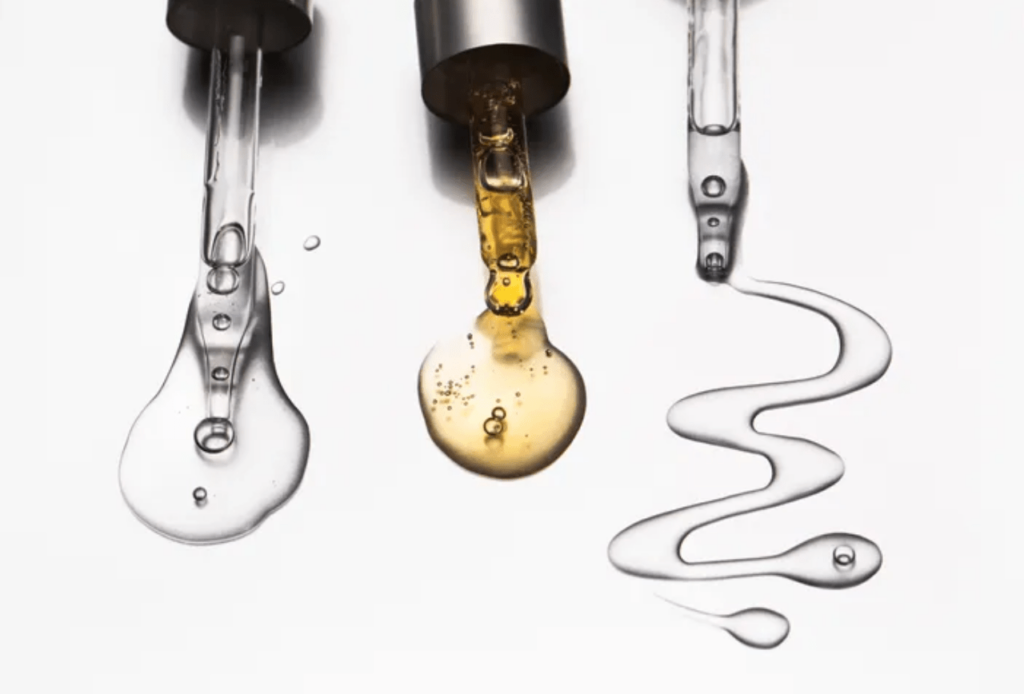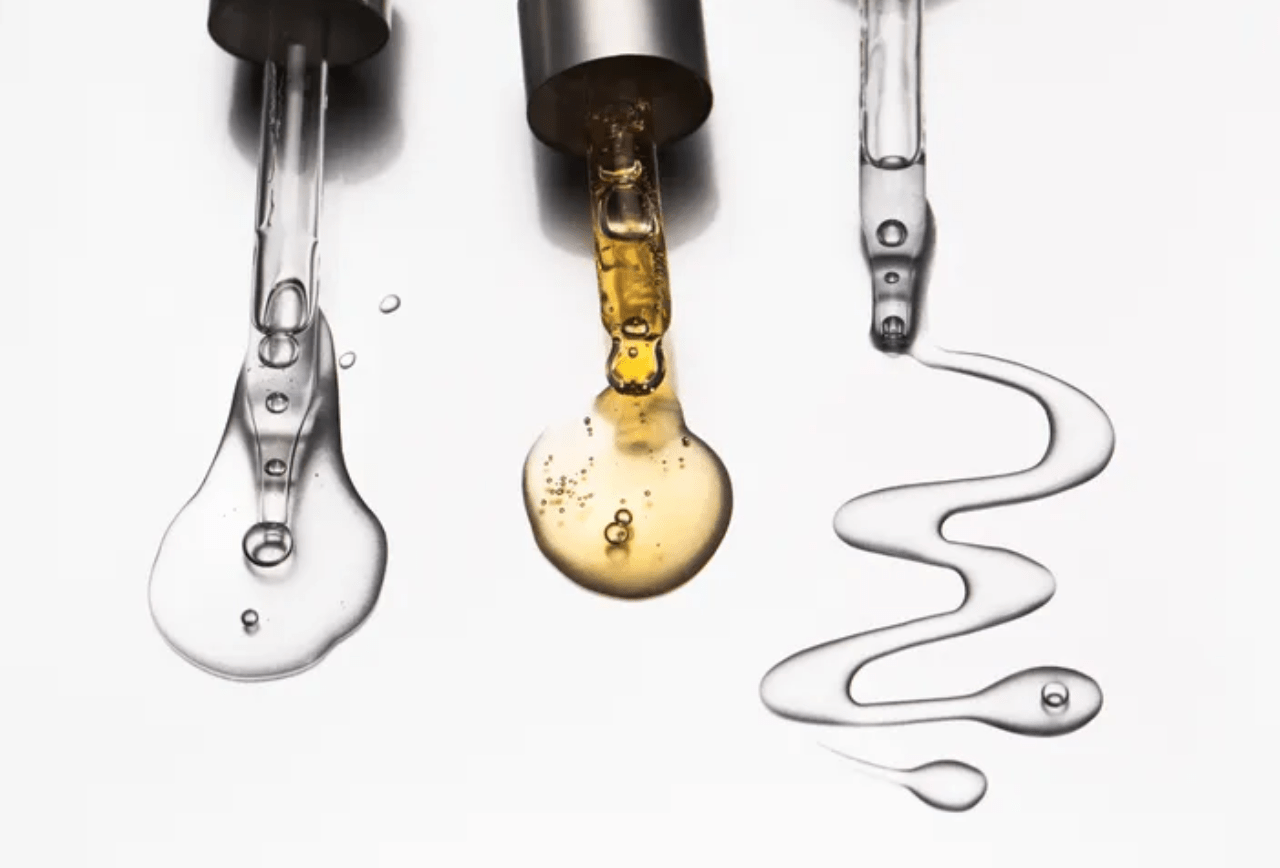On the topic of cheap vs. pricey products, two dermatologists and a cosmetic chemist provide their opinions.
Dermatologists frequently promote the advantages of vitamin C and advise users to use it in their morning rituals on the skin care section of TikTok. However, the cost of vitamin C serums varies greatly; why, for example, is ReVive’s serum $300, while The Ordinary’s is available for less than $8?
Is this distinction just fancy marketing, nothing more? Or is a more expensive serum necessarily a better one?
In order to learn the difference between a high-priced and a low-priced vitamin C serum and if it is preferable for customers to invest or save when it comes to this skin care product, we consulted with board-certified dermatologists Dr. Angela Casey and Dr. Jeffrey Hsu as well as cosmetic chemist Ginger King.

What advantages does vitamin C have for skin care?
It’s easy to grow jaded and question whether you even need this ingredient when a rising number of influencers are marketing goods that claim to include a new wonder ingredient.
Dermatologists, however, advise customers not to ignore vitamin C.
Vitamin C is a topical antioxidant, according to dermatologist Casey from Ohio. It has anti-inflammatory effects on the skin, increases epidermal turnover to help the skin shed dull, dry skin cells and appear brighter, encourages the synthesis of collagen to make the skin stronger and more supple, and cooperates with sunscreen to protect skin cells from oxidative stress.
It is understandable why vitamin C is a favorite among many dermatologists given the wealth of advantages it offers the skin, including anti-aging, brightening, and collagen formation.
Consider vitamin C as a crucial component in preparing your skin for the day ahead, advised Casey. “Topical vitamin C offers that extra layer of protection from environmental irritants and prepares the skin to cope with all of the pollution, inflammation, and UV damage that it encounters throughout the day.”
Why do some vitamin C serums cost a lot more than others?
Like with any product, a wide range of variables might influence the price differences between two vitamin C serums.
Efforts and quality assurance
“The quality and concentration of vitamin C used in the formulation can significantly impact the price,” stated Hsu, a dermatologist from Illinois.
The cost increases as a serum’s vitamin C concentration does. Consumers should ensure sure their serum contains enough vitamin C to be effective, even if more of this element isn’t always better.
“Consumers should look for vitamin C concentrations between 10-20%,” Casey suggested. Concentrations above 20% essentially don’t provide any appreciable additional benefits and may even irritate the skin worse. The starting concentration for people with dry or sensitive skin should be about 10%.
Despite all of this ingredient’s advantages, there is one significant drawback. Ascorbic acid, in its pure form, is infamous for decomposing swiftly. However, compared to pure ascorbic acid, a number of vitamin C compounds show to be more stable. These goods can remain on your shelves for a longer period of time, but the price of these derivatives is greater.
Pure vitamin C ought to be a transparent liquid. It’s a sign that the serum has oxidized and lost some of its effectiveness when it becomes orange or brown.
Getty Images/Anna Efetova
Pure vitamin C ought to be a transparent liquid. It’s a sign that the serum has oxidized and lost some of its effectiveness when it becomes orange or brown.
“Pure ascorbic acid is not stable unless in a liposome form,” King said. The more stable but more expensive forms of vitamin C are tetrahexyldecyl ascorbate and 3-o-ethyl-ascorbic acid.
Long-term, consumers can find it advantageous to spend a little bit more for a serum from a business that places a high priority on quality control.
According to Hsu, “the manufacturing procedure and production standards can also affect the cost.” “Brands may demand a higher price to cover these costs if they prioritize stringent quality control measures, cutting-edge formulation techniques, and premium packaging materials.”
Patents and other ingredients
When vitamin C is dissolved in water, Casey explained, it becomes unstable. Therefore, adding complementing substances like vitamin E, hyaluronic acid, ferulic acid, and glutathione to vitamin C helps stabilize it and maintains its potency and effectiveness.
While the product may last longer thanks to these complementing chemicals, the product may also cost more as a result. A proprietary combination of vitamins C and E and ferulic acid is used in SkinCeuticals’ pricey $180 vitamin C serum for better efficacy. Consumers may pay more if a product composition is patented since competing businesses will be unable to produce an identical version of the product. (To preserve its patent, SkinCeuticals does not reveal the percentages of inert ingredients, which can impact the finished product, while it does list the percentages of its active ingredients, such as L-ascorbic acid, vitamin E, and ferulic acid.)
It can be tempting to attempt creating your own SkinCeuticals copycat by combining different skin care products that include components like vitamin E and ferulic acid with a vitamin C powder like The Ordinary’s 100% L-Ascorbic Acid Powder. But it’s best to let the experts handle it.

“The vitamin E and ferulic acid in the SkinCeuticals serum are meant to be an anti-oxidant to protect the vitamin C in the serum rather than to provide additional skin benefits that one might see in combining various creams and lotions,” King explained. You might not receive the full anti-oxidant advantages from SkinCeuticals’ serum formulas until they make it clear how much vitamin E and ferulic acid are present.
Advertising and packaging
Sometimes the price of a particular serum is simply increased by the expense of packaging and marketing.
Regardless of the product’s actual formulation or contents, Hsu said that certain retail brands may add a greater markup to their items just based on their brand name. “In some cases of retail skin care, some notable brands with a strong presence in the skin care market often invest in extensive marketing and prime product placements in big box stores, in which they then include that expense in the pricing markup.”
But vitamin C serum packaging isn’t always simply for show. The effectiveness and shelf-life of the product can be significantly influenced by the packaging.
According to Casey, “the bottle or tube that holds the vitamin C does have an impact on the efficacy of your vitamin C serum, even though the branding and the box in which your bottle of vitamin C arrives do not.” “An airtight container that is opaque or made of dark glass is best for storing vitamin C because it can oxidize more quickly when exposed to air and light.”
Customers should keep vitamin C serums in a dark, cool location with the top well closed because of this as well. When compared to serums stored in light, vitamin C serums maintained in the dark experience oxidative deterioration at a considerably slower rate, according to Casey.
Is it preferable to spend more money on a more expensive serum?
Is it wiser to spend more money on a more expensive vitamin C serum given that serums with longer shelf lives typically employ more expensive chemicals, packaging, and formulations?
According to Hsu, purchasing a more expensive serum is not always preferable just because of the cost. It is strongly advised to use a classic medical-grade vitamin C product because these formulations of vitamin C for skin care have a wealth of scientific evidence and clinical research demonstrating their benefits. According to Hsu, dermatologists’ and medical aestheticians’ offices are the only places where medical-grade skin care products are sold.
Consumers should constantly look at the cold data to get the most value for their money rather than depending exclusively on the product’s price, user reviews, or influencer recommendations.
“As dermatologists, we favor seeing clinical trials that impartially assess the efficiency of a vitamin C serum. The best approach to compare different serums on the market, according to Casey, is with clinical data.
But not all information and research are created equal. Hsu advises consumers to take into account a number of variables when assessing these studies.
“Factors such as study size, measurement methods, and whether the data has undergone peer review all impact the credibility of the information,” the author added. In order to confirm the quality and correctness of the data, a thorough examination is required before making any judgments about the product’s effectiveness.
How can I tell whether my vitamin C serum is effective?
Anyone who is passionate about skin care is familiar with the hardship of reading the clinical studies that demonstrate a product’s effectiveness, taking the risk, and purchasing the skin care holy grail that everyone online raves about… only to discover it doesn’t work for their skin.
When it comes to vitamin C serums, “there is no ‘one size fits all,’” Casey noted. “Just because a certain formulation worked for your sister or friend doesn’t mean that it’s the best product for you.”
So how can buyers ensure that the serum they choose is the best option?
Use it properly to begin
Due to the antioxidant advantages and the synergistic UV-protection vitamin C gives when placed under sunscreen, Casey always suggests to her patients to utilize vitamin C serum as part of their morning skin care routine.
Customers should also make sure they are using their skin care products correctly in order to reap the full benefits of vitamin C.
Vitamin C is an active ingredient, so apply it to dry skin before any oils or moisturizers that can act as a barrier to the active elements’ absorption, suggested Casey.
Applying vitamin C alongside other active chemicals like retinol, AHAs, and BHAs should be avoided. And it’s advisable to use vitamin C sparingly and gradually on people with sensitive skin.
“If a vitamin C serum is causing redness, irritation, or inflammation, the timing of application should be adjusted accordingly by [decreasing] the frequency of application to once or twice a week,” Casey advised.
Continuity, Continuity, Continuity
And with vitamin C, as with all good things, perseverance pays off. Do not anticipate any changes to occur quickly.
Vitamin C’s role is to increase the production of collagen, which should result in tighter skin after 28 days, according to King. You should start noticing a difference in the skin’s brightness within 28 days.
Another useful method for customers to determine whether a serum is a hit or a miss for their skin is to take before-and-after photos.
I advise patients to take a photo before therapy and then a photo three months afterwards, using the same lighting and angles, Casey said.
And it’s always a good idea to seek professional advice when in doubt.
“Consulting with a dermatologist or medical skin care professional can provide further guidance and monitoring on changes in skin,” stated Hsu.
Color and Smell
It’s crucial to keep an eye out for any changes in the serum’s color or fragrance after it was first opened because vitamin C is notorious for being unstable.
“Vitamin C serum should be a clear liquid; when it turns orange/brown, that’s a sign that the serum has oxidized and has lost some of its efficacy,” explained Casey.
Some clients may smell a “hot dog” or “burning rubber” odor coming from their vitamin C serums. Does a vitamin C serum’s “burning rubber” odor indicate that it is effective? Or does that suggest it has run out of time?
Vitamin C does not smell when consumed in its purest form, but adding a stabilizing ingredient, like ferulic acid, can give it a burnt scent, according to Casey. Given that vitamin C is extremely unstable on its own, adding a stabilizing agent, such ferulic acid, has the advantage of increasing the active ingredient’s effectiveness.
If the serum contains ferulic acid, this particular “burning rubber” odor may indicate that it is “working” in the sense of preventing the oxidation of the vitamin C. However, it could be best to discard a vitamin C product if it has a distinctly unpleasant scent, particularly if it didn’t have that fragrance when it was initially opened.
“Any noticeable odor should be an indication that the vitamin C product has expired or degraded,” Hsu advised.





